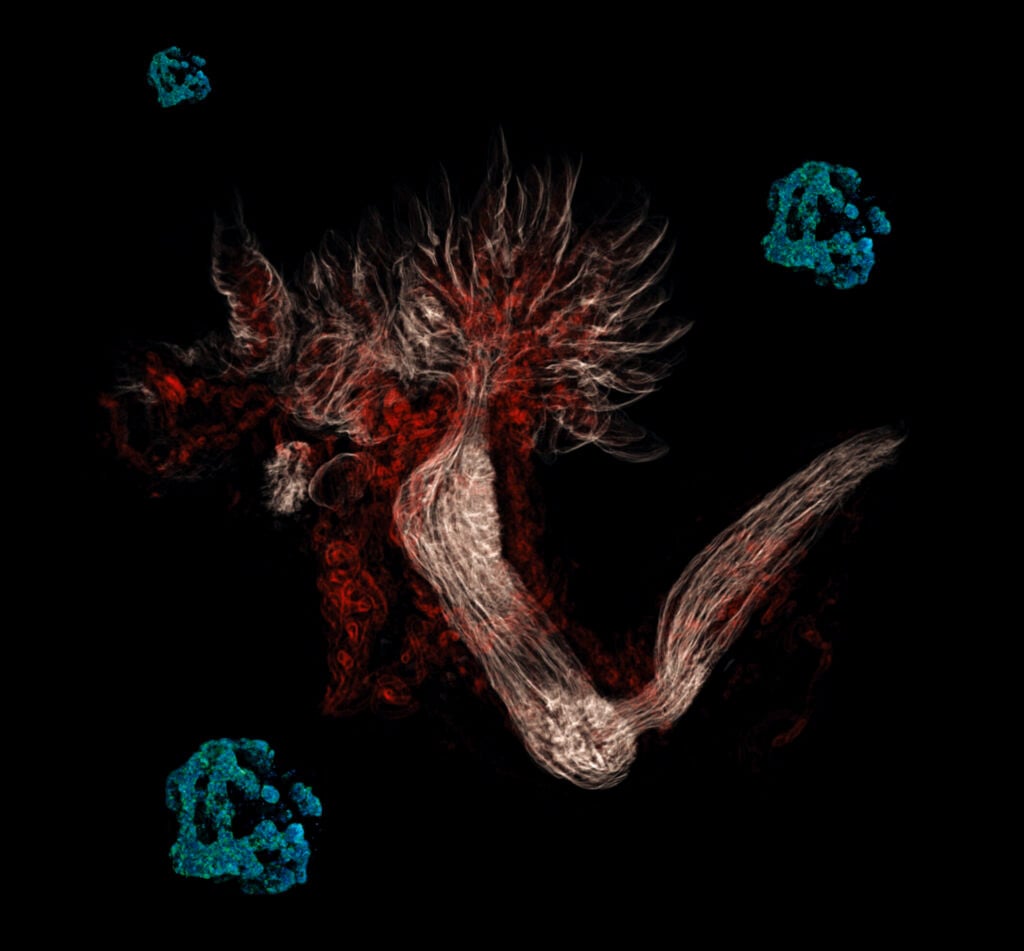
Researchers have long grown three dimensional living tissues called organoids to study how healthy tissues work, what happens when disease strikes, and to test new drugs and other therapies, all without risk to humans. Now, a team led by Denis Wirtz, the Theophilus Halley Smoot Professor of chemical and biomolecular engineering and vice provost for research, is mapping entire organs in exquisite detail, cell by cell, creating tissue blueprints that allow scientists to culture organoids with far greater precision.
Wirtz’s team built the first complete 3D cellular model of the human pancreas, revealing that most people have precancerous lesions previously considered definitive cancer markers. Wirtz likens these lesions to skin moles: Many people have moles, but not all become cancerous.
“We’re building next-gen organoids. Maybe from here we can really go nuts and not do one organ but 25, because… why not? Now, we have the tools to do it.” — Denis Wirtz
Such knowledge can serve as a guardrail against expensive and unnecessary overtreatment. He’s done similar work on ovaries, fallopian tubes, and endometrial tissues to study ovarian cancer and endometriosis. His team even mapped every cell in a fetal rhesus macaque monkey, Wirtz says, cueing up a dramatic illustration.
“This is the first-ever 3D reconstruction of the auditory system of any organism. The nervous system. The skeletal system. The GI tract. The whole urinary system,” Wirtz says.
The crux of their approach is their ability to identify and locate every cell type in a tissue sample at submicron resolution across the entire organ.
“We have this completely cutting- edge computing advantage,” Wirtz says. “With it we can see, ‘Oh, epithelia go here, muscle here, blood vessel over there.’”
The result is not just finely accurate 3D digital models, but better blueprints for bioprinters to realize a new era of organoid science. “We’re building next-gen organoids. Maybe from here we can really go nuts and not do one organ but 25, because… why not?” Wirtz asks. “Now, we have the tools to do it.”

